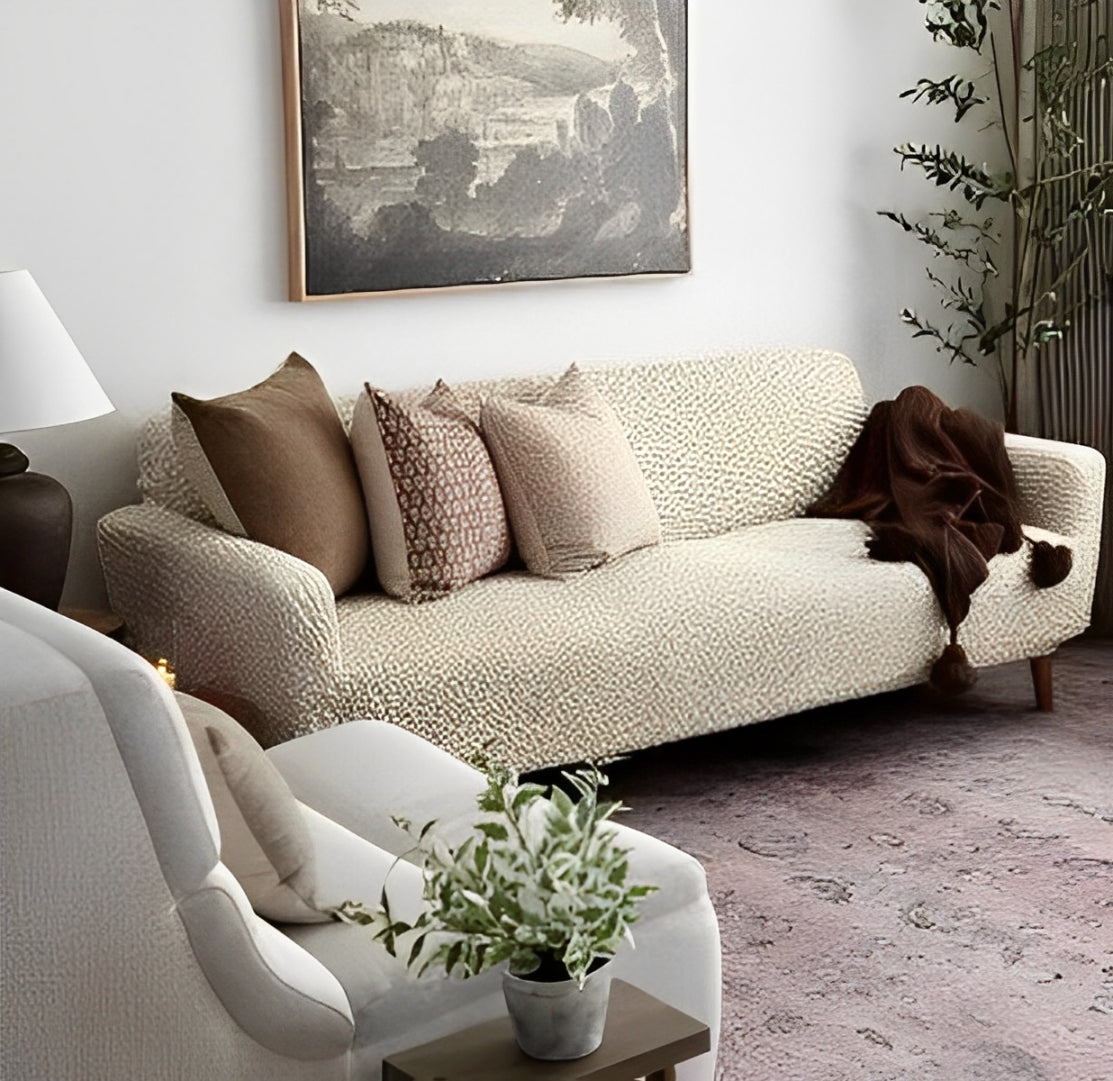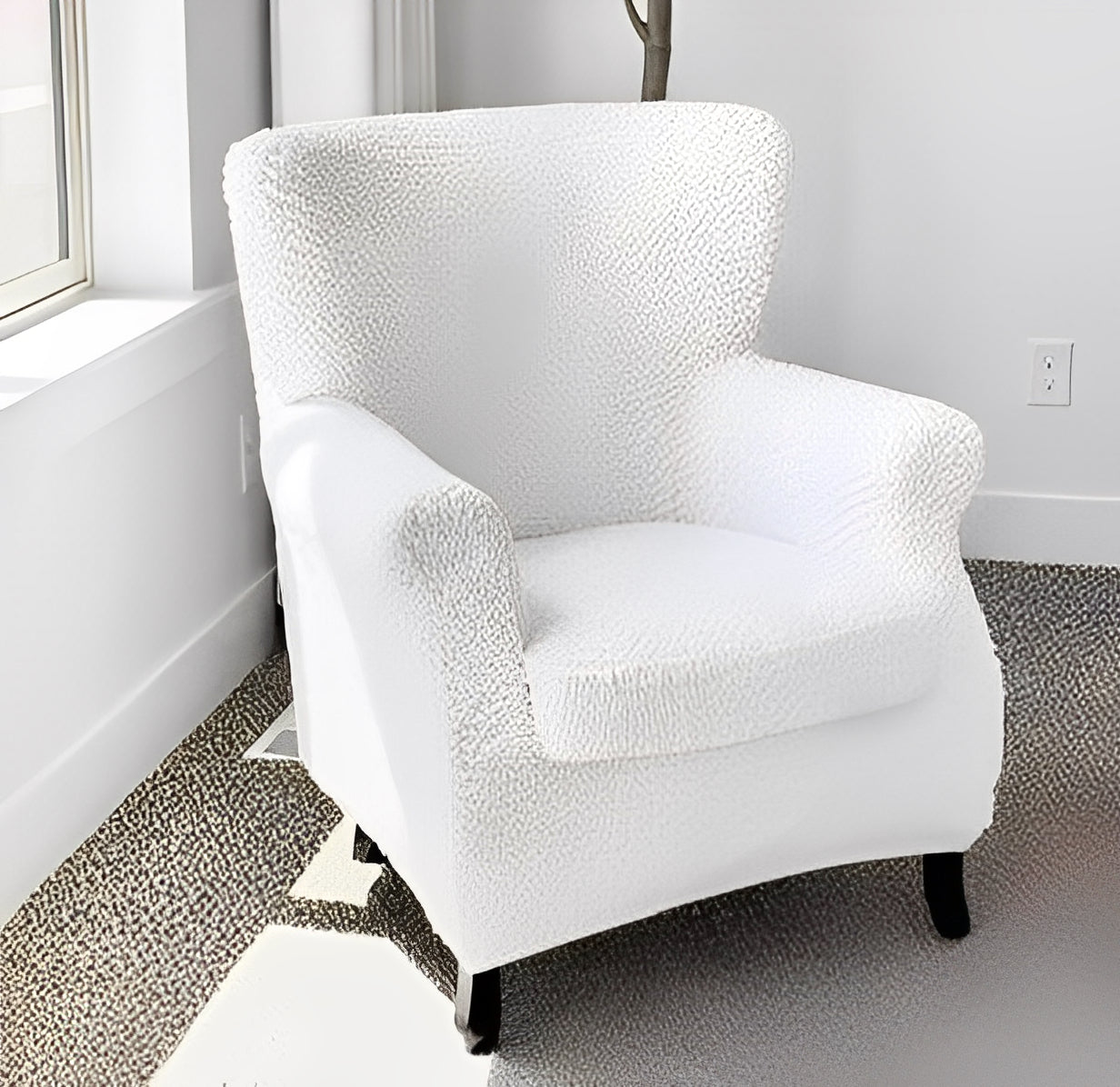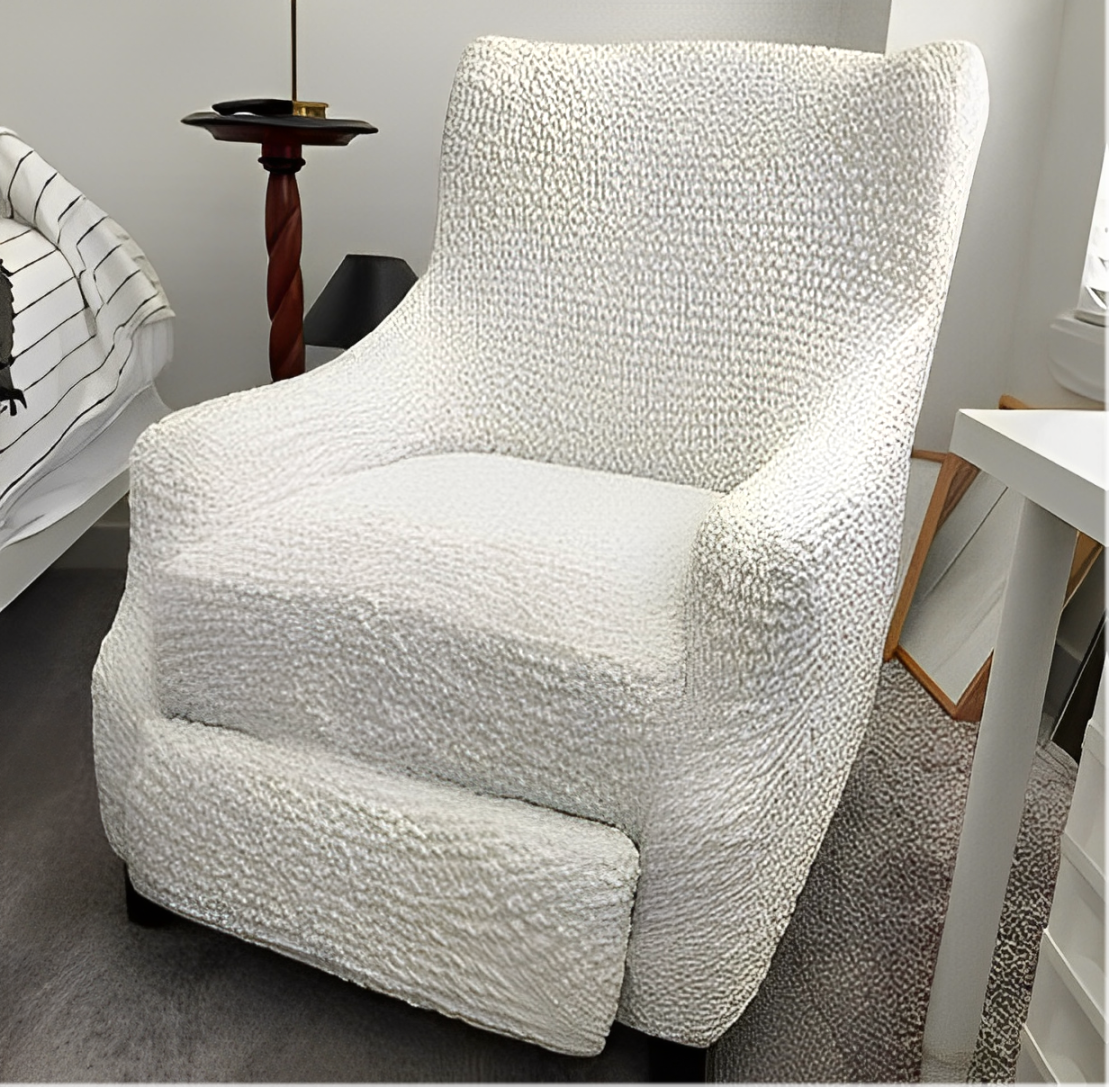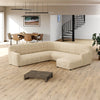To lift heavy furniture can feel like a struggle. But don't worry! We are going to teach you safe and injury-free moving hacks so you can determine the best way to move heavy furniture. Find out how to organize your space, lift properly, use helpful tools, and avoid common mistakes. So whether you rearrange a room or go to a new area, you can manage big items like a pro.
Plan and Prep: Setting Up for the Big Furniture Carrying
Effectively handling big pieces alone hinges on meticulous pre-move planning and preparation. This essential initial step reduces the chance of getting hurt and guarantees a streamlined, efficient relocation.
Assess the Load
Begin furniture carrying by comprehensively evaluating the items you want to transport. Precise measurements, including weight estimations, are crucial. Determine any detachable components that are supposed to be picked apart to decrease the total weight and enhance maneuverability.
Chart the Course
Now, meticulously map the intended furniture carrying route from the item’s current location to its final destination. As you go, keep an eye out for any potential problems and work to solve them. Be vigilant for challenges like narrow doorways, low-hanging fixtures, or sharp corners.
Measure critical areas like doorframes and hallways to guarantee the furniture can pass through without causing damage. If necessary, plan alternative routes or temporary adjustments, such as removing doors from their hinges for easier passage.
Get Rid of the Obstacles
When you’re ready to move large furniture and the route is established, check that you have cleared the pathway. Take off any loose rugs, clutter, or objects that could pose a tripping hazard or impede movement. For added safety, cordon off the moving area to keep curious pets and little explorers out of harm's way. Ensure the entire route for furniture carrying is well-lit to banish any unseen tripping hazards.
Gather Important Tools
When you move large furniture, ensure you have the right equipment. This will make you less likely to injure yourself and keep your belongings undamaged. For example, avoid moving furniture with your bare hands - wear sturdy work gloves. They protect your skin and provide a better grip.
Relocate Smart: Lift Heavy Furniture Safely
Lifting and moving furniture around the house on your own is not an easy task. That is why you need to stick to a special technique. So, to move heavy furniture alone, take into account the following recommendations:
1. Keep your feet firmly on the ground: Place your feet wide under the exact object you are going to lift. Sit down slightly with your knees bent. Do not bend your back - it should be straight. This body position puts more stress on the abs and legs. That is why it is the best way to move heavy furniture, as you will not injure your back
2. Use your legs to the maximum: So, during furniture carrying, try to push off with your heels. This will transfer the load from your back to your legs. Of course, don't forget to stand up straight. In a hunched position, the spine is highly overexerted. But the natural strength of your legs will ensure the efficiency of your movements. This way, you will lift heavy furniture without injuring your back.
3. Stay as close to the object as possible: It is a law of physics that the closer the weight is to the base, the more pressure is applied to that base. Therefore, to maintain control when you lift heavy furniture and to reduce the force of the load, keep the item as close as you can. This will help prevent you from falling and getting hurt.
4. Turn with your entire body: Twists are good if for stretching in the morning. But when you move heavy furniture alone, this action alone can lead to irreparable spinal injuries. Therefore, your shoulders and legs should always move in the same direction. If you need to turn, turn your whole body. Remember - your legs, not your body, should set the new direction while furniture carrying.
5. Lower objects correctly: To maintain control when lowering furniture, bend your knees and slowly place the item on the ground. Your back should of course be straight.
6. Correctly manage your strengths: None of us are superheroes with superpowers. Therefore, if possible, disassemble too heavy furniture into parts and carry each part separately. If you have a friend who can help you, feel free to ask.
Conquer Solo Moves: Tools Required for Furniture Carrying

While thinking of how to move heavy furniture by yourself, consider equipping yourself for success. Here is your essential toolkit:
Furniture Sliders
These versatile tools, available in various materials for a range of floor surfaces, eliminate friction for effortless glide when you move heavy objects by yourself.
Moving Straps & Harnesses
Don't fight gravity alone. These tools strategically distribute weight across your body, maximizing your core and leg strength for safer, more efficient maneuvering when you lift heavy furniture.
Dollies & Hand Trucks
Conquer long distances or move heavy objects by yourself with these powerhouses. Dollies, with their flat base and wheels, allow for secure stacking of multiple pieces, while hand trucks excel at handling tall or oddly shaped furniture. Both minimize physical effort and maximize maneuverability.
By incorporating these essentials, you could move heavy objects by yourself with confidence and efficiency.
Damage Control: Keeping Home and Belongings Safe

Conquering a solo furniture move demands not just muscle, but meticulous protection. Let’s look at a few tricks to transform your area into a fortress, safeguarding your items and beloved abode from the bumps and scrapes of moving.
1. Wrap & Pad Like a Pro
Imagine your stuff is a fragile gift – it needs thorough wrapping to ensure safe arrival at its new home.
Utilize thick, quilted carpets, blankets, or furniture pads to move a dresser by yourself. These act as a valiant shield for sofas and tables as well, absorbing blows from bumps and scrapes.
For more delicate or diminutive items, bubble wrap is your chainmail. Wrap each piece meticulously, with extra attention to corners and edges – the vulnerable chinks in their armor.
For glass components, like mirrors or tabletops, consider additional security. Use foam sheets or corner protectors as reinforcements, layered beneath the bubble wrap.
Consider furniture covers or sectional couch covers for additional protection on upholstered pieces. These fabric shields provide another layer of defense against dirt, dust, and potential snags during the move.
Don't forget the finishing touches. Wrap furniture with secure blankets, pads, and bubbles using plastic or packing tape. This will guarantee they remain firmly in place during the entire move.
2. Fortify Your Passage
Your path is no ordinary walkway. Here's how to create a fortified passage:
Lay down protective materials like cardboard, old rugs, or specialized floor runners. This creates a safe space for your floor, shielding them from scuffs, dirt, and the wrath of moving day.
For tight rooms, corner guards and door jamb protectors become your valiant allies. These easily affixed protectors safeguard your home from accidental damage while maneuvering.
Identify any wall-mounted fixtures or decorations that could be collateral damage. Dismount them temporarily to avoid any unnecessary casualties during the move.
Implementing these measures safeguards your home and stuff from potential move-day mishaps.
Follow this guide to simplify and complete a challenging furniture move. With the right equipment and expertise, you can confidently handle the task and ensure your belongings reach their destination without any issues. Whether you aim to move a dresser by yourself or lift heavy furniture of other kinds, relying on those tips will help you make it quicker and safer.
MORE INTERIOR DESIGN IDEAS AND INSIGHTS:













